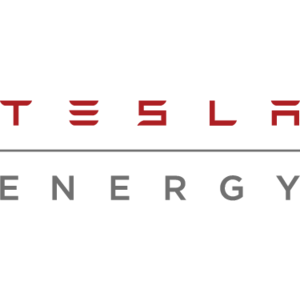Nuclear energy is the energy at the core of an atom. An atom is the smallest particle that makes up everything in the universe. Normally, most atoms are concentrated in the center of space. Neutrons and protons are two subatomic particles that contain a nucleus. There is a strong positive force in the bonds that hold atoms together. Nuclear energy is released through nuclear reactions, either through fission or fusion. In nuclear fusion, a number of atoms are combined to form larger atoms. In nuclear fission, Amigo Energy Rates a third division takes place to create smaller atoms by releasing energy. The sun produces solar energy using the process of nuclear fusion.
Energy is produced by nuclear reactions, mainly by fission or fusion. Nuclear power is a source of energy produced by nuclear reactions. Electricity produced by nuclear reactors, the main source of energy used in Japan, is an example of nuclear technology.
Nuclear reactions

Nuclear reactions cause changes in the nucleus of an atom which, in turn, causes changes in the atom itself. A nuclear reaction turns 1 element into a completely different element. Suppose that the nucleus interacts with other elements and splits without changing the properties of the other elements, the process is called nuclear diffusion instead of describing it as a nuclear reaction. It does not involve radioactive decay.
One of the most prominent nuclear reactions is the nuclear fusion reaction which occurs with fissile material that produces nuclear fission.
Nuclear Reactions – Types
Abnormal diffusion: This process takes place when the transfer of energy occurs. It appears above the threshold energy, ie Et = ((A+1)/A)*ε1, where Et is called the transient energy and ε1 is the energy of the first excited state.
Convergent Diffusion: It occurs when energy is transferred between particles and target nuclei. This is the most important process to reduce neutrons. In the case of dynamic diffusion, the energy of each system is conserved.
Transfer reaction: admission of one particle followed by removal of 1 or 2 particles is called transfer reaction.
Capture reactions: When nuclei capture neutral or charged particles following the emission of ˠ-rays, they are called capture reactions. With the help of neutron capture reactions, Radioactive nuclides are produced.
Applications of nuclear power
- nuclear technology
- Nuclear medicine
- Nuclear technology is used in industry
- Nuclear technology is used in agriculture
- Environmental Uses of Nuclear Technology
- Life test
- Drug discovery and treatment
- Scientific research
- Engineering work
- Neutron activation analysis
Types of nuclear power:
For the production of energy, two main nuclear processes are taken into account: fission and fusion. Fission is the splitting of energy into two smaller atoms, or fission products, and larger atoms such as uranium or plutonium. You have to hit it with a neutron to destroy the atom.
What is nuclear power used for?
Various industries, including consumer products, food and agriculture, industry, medicine and scientific research, transport, and water and air, have important elements for radioisotopes, thermal treatment of nuclear power, and those who are not laborers.
Does nuclear power harm the environment?
As an energy fuel, nuclear power plants use the chemical compound uranium to produce energy. Uranium mining releases large amounts of carbon dioxide into the atmosphere. When new nuclear power plants are produced then CO2 is also released into the atmosphere. Finally, transporting hazardous waste often results in carbon dioxide pollution.




